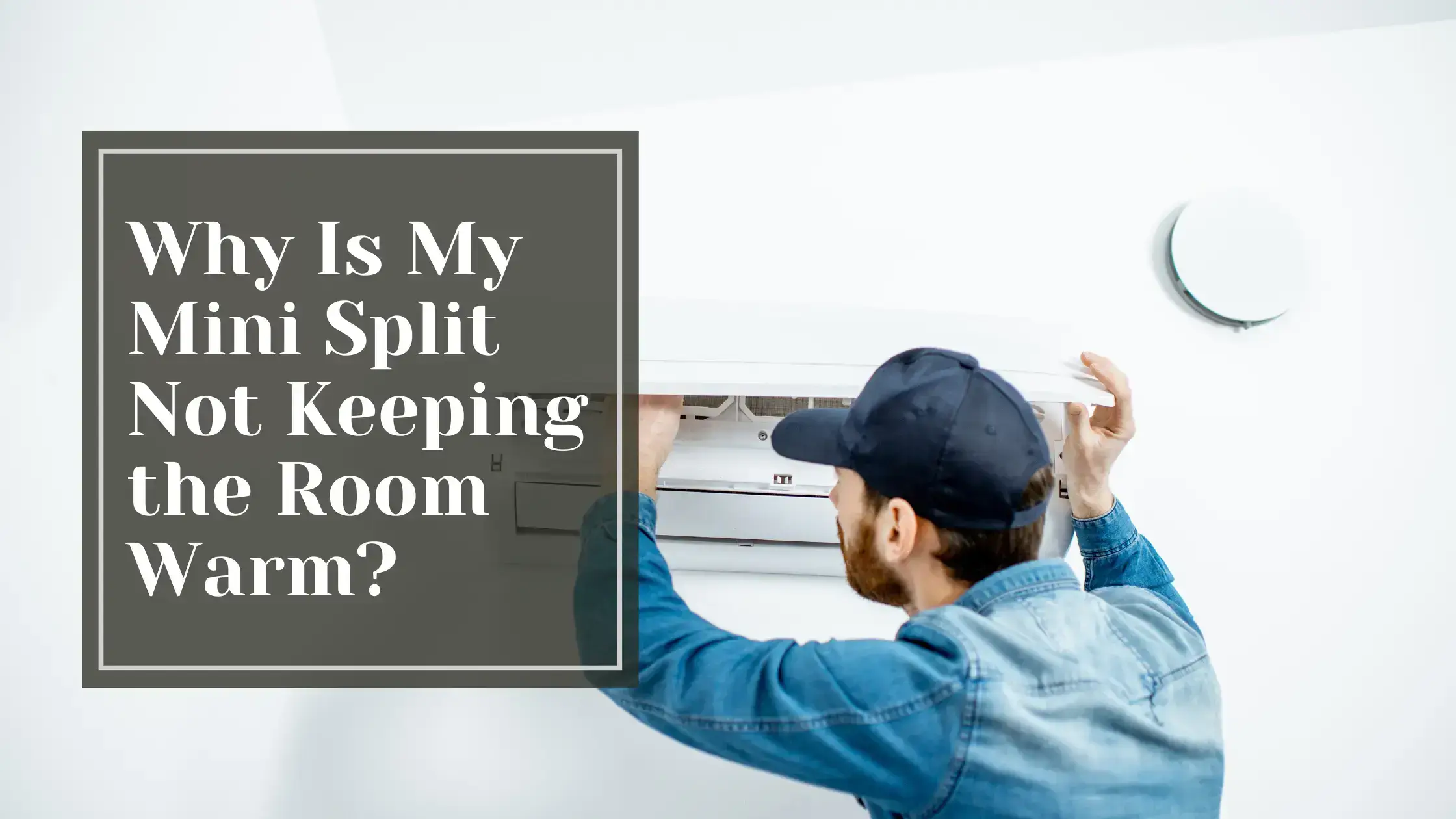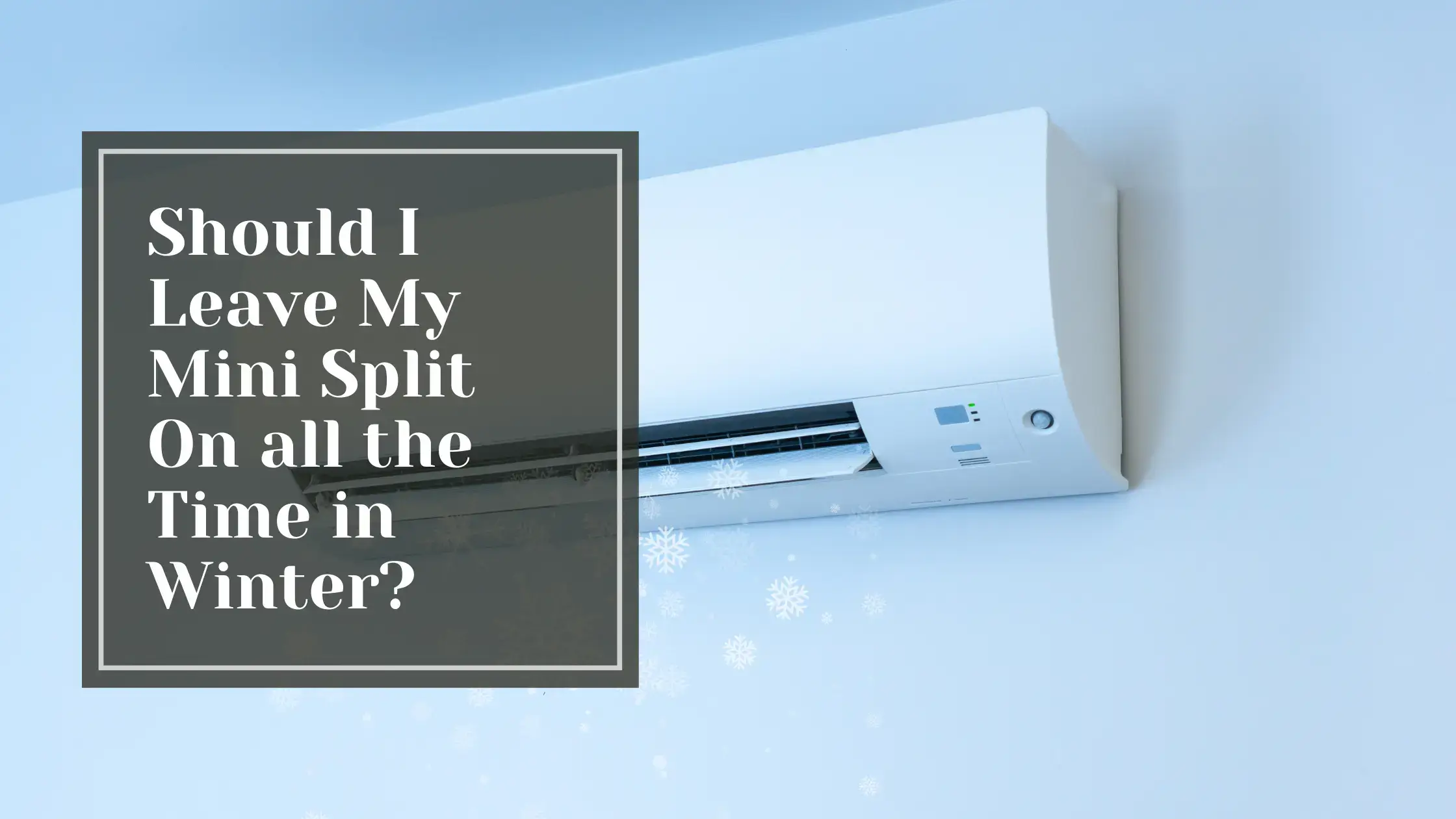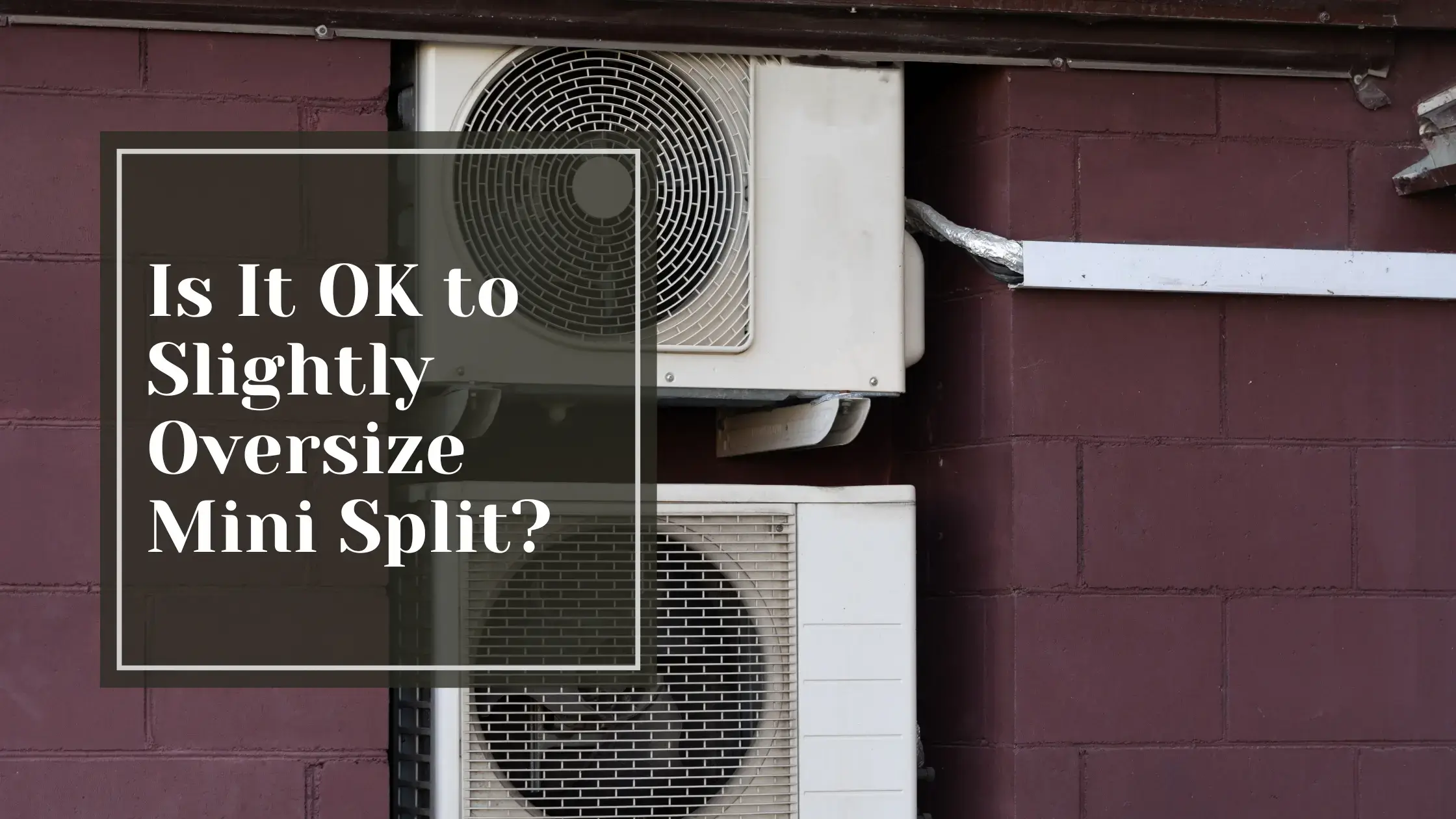Have you noticed your new mini-split system isn't keeping your room as cozy as it used to? Don't worry, it's probably an easy fix. As efficient and convenient as mini splits are, they can run into issues just like any other HVAC system. The good news is The Trade Table has a few common reasons why your mini-split may not be keeping up.
GREE Vireo+ Ultra 30K BTU 18 SEER Wall Mount Mini-Split Single Zone Heat Pump - VIRU30HP230V1A

$4,113.85
GREE Vireo+ Ultra 30K BTU 18 SEER Wall Mount Mini-Split Single Zone Heat Pump The Vireo+ Ultra combines the design of the original Vireo+ system, while extending the operating capacity to -31°F. It has been designed to blend into any… read more
Common Reasons a Mini Split Fails to Heat a Room
The most common reasons a mini-split fails to adequately heat a room are:
Improper installation
-
If the unit is not installed properly, it won’t operate efficiently. Make sure the mini split was placed in a spot with plenty of airflow and that the installation was done according to the manufacturer’s recommendations. Improper refrigerant charging during installation is a frequent culprit. Have an HVAC technician check that the right amount of refrigerant was added.
Dirty air filters
-
Clogged air filters reduce airflow and efficiency. Check your mini split’s air filters at least once a month and replace them if they look dirty. Clean air filters allow for maximum airflow which helps the unit heat (or cool) the room.
Low refrigerant levels
-
Over time, mini splits can lose refrigerant due to small leaks in the lines or seals. Low refrigerant reduces the unit’s ability to transfer heat. Have an HVAC pro check refrigerant levels and recharge the unit if needed. They can also locate and repair any leaks.
Thermostat issues
-
If the thermostat is not set properly or malfunctioning, the mini split won’t heat adequately. Ensure the thermostat is placed on a wall away from direct sunlight and heat sources. The temperature should be set a few degrees higher than the current room temperature. If adjusting settings doesn’t help, it’s best to have an HVAC technician test the thermostat.
Compressor or coil failures
-
Major components like the compressor, condenser coil, or evaporator coil can fail over time, reducing a mini split’s heating (and cooling) capacity. Unfortunately, these types of repairs often require replacement parts and a skilled technician to fix them. If your mini-split is more than 10 years old, these types of failures become more likely.
Improper Sizing
- Explore our mini sizing calculator to ensure your unit is perfectly suited for your space. An incorrectly sized unit could be the reason your room is cold.
GREE Livo SEER2 Gen4 18K BTU Wall Mount Mini-Split Single Zone Air Handler

$490.22
GREE Livo SEER2 Gen4 18K BTU Wall Mount Mini-Split Single Zone Air Handler The 4LIV18HP230V1AH is a 18,000 BTU variable speed air handler from Gree. It is designed for use with 230V systems and features a DC inverter compressor for… read more
Checking Your Mini Split Settings
The first thing to check is your mini split's settings. Make sure the unit is actually in heating mode and not cooling mode. The mode button or switch on your mini split's interface lets you select either heating or cooling - double-check that it's set to heating.
Next, check the set temperature. The mini split may not be keeping your room warm simply because the temperature is set too low. Bump it up a few degrees to something more comfortable like 68-72°F. Give the unit some time to reach the new set temperature. If the mini split still isn't heating properly, the filters could be dirty or clogged. When filters get clogged up with dust and debris, airflow is restricted which reduces the unit's efficiency. Shut off the power to your mini split and remove the filters. Rinse washable filters with water or vacuum non-washable filters. Let everything air dry completely before reinstalling the filters and turning the mini split back on.
Low Refrigerant Levels
Low refrigerant levels could also be the culprit. As refrigerant depletes over time, a mini-split won't heat as well. If your unit is more than a couple of years old and you've tried adjusting the settings and cleaning the filters without improvement, it's a good idea to call an HVAC technician to check the refrigerant levels. They can recharge the unit and get it heating like new again.
Lastly, make sure no obstructions are blocking the indoor air vents or outdoor unit. Furniture, curtains, snow, leaves, and debris can all reduce airflow and make a mini-split work harder to heat your space. Clear any blockages for maximum efficiency and heating power.
With a few adjustments and some basic maintenance, your mini-split should be back to keep you cozy and warm in no time. But if problems persist, call in a professional for a full diagnostic check and service. It's best not to delay for the most cost-effective repair and to avoid potential issues from lack of use.
Improving Air Circulation for Better Heat Distribution
Improving circulation is key to ensuring even heat distribution in your space. Cold spots typically mean that warm air isn’t circulating well from your mini-split to that area. Here are some tips to improve airflow and circulation:
Clear the air vents. Make sure no obstructions are blocking the air vents or intakes of your mini-split. Move furniture, rugs, curtains, or anything else that could be restricting air flow away from the vents.
Increase Fan Speed
Increase the fan speed. If your unit has adjustable fan speeds, increase the speed to the highest setting. This will blow the warm air farther into the room and circulate it better. The faster the fan, the better the circulation.
Use ceiling fans. Ceiling fans can help push the warm air downwards from the ceiling and circulate it around the room. Run the ceiling fans at a medium or high speed in the same direction as your mini split's airflow. This complementary circulation will distribute the heat more evenly.
Leave interior doors open. Keep doors open between rooms so warm air can flow freely from room to room. Closing doors block circulation and prevent heat from reaching certain areas.
Buy an Air Purifier
Consider an air purifier. An air purifier can help circulate air in the room even when your mini split fan isn’t running. Place the air purifier near cold spots in the room to help push warm air into that area. Run the purifier on a medium fan speed for the best circulation. Insulate and weatherize. Ensure there are no drafts or air leaks in the room allowing cold air to seep in. Add weather-stripping tape around doors and windows, seal up any cracks in walls or the foundation, and consider adding insulation to the attic or basement. Reducing heat loss will allow your mini-split to operate more efficiently.
By improving circulation and airflow in your space, your mini split will distribute heat more evenly for a comfortably warm room. Be patient, as it can take time for the temperature to balance out in all areas. If issues continue, it may be a sign of an underlying problem with your unit that requires service by an HVAC technician.
When to Call a Professional for Mini Split
Troubleshooting
-
If your mini-split system is not heating or cooling properly, it's a good idea to troubleshoot the unit yourself first before calling an HVAC technician, which can cost $75-$150 per hour. Here are some common issues you may be able to fix yourself.
Filters
-
Dirty or clogged filters are one of the most common reasons a mini-split fails to heat or cool efficiently. Check your mini split filters—most units have filters that need to be replaced every 1-3 months. If the filters look dirty, replace them. Clogged filters prevent air from circulating properly and reduce the unit’s efficiency.
Refrigerant Levels
Low refrigerant levels can also cause a mini-split to malfunction. As refrigerant naturally escapes over time, the levels need to be recharged. You'll need an HVAC technician to recharge the refrigerant. Signs you may need a recharge include:
- Not blowing cold/hot air
- Running constantly but not changing the room temperature
- Freezing up (for cooling models)
- Gurgling or bubbling sounds coming from the unit
Thermostat Settings
-
Double-check that your mini split’s thermostat is set properly for heating or cooling. The thermostat controls the temperature the unit is set to maintain. If it’s incorrectly set, your room won’t heat or cool as expected. Set the thermostat a few degrees higher or lower and wait 10-15 minutes to see if your room temperature changes.
Drainage pipe
-
For cooling models, check that the condensate drainage pipe is not clogged. The drainage pipe removes condensed water from the air. If clogged, it can cause the unit to freeze up or shut off. You may need to unclog the pipe or drain and clear out any blockages.
Why Is My Mini Split Not Keeping the Room Warm? Your Next Steps
So there you have it, a few reasons why your mini split may not be keeping your room as warm as you'd like. Remember, mini splits are efficient but they can only do so much. Make sure your unit is properly sized for the space, keep filters clean, insulate well, and avoid drafts. If issues continue, it's best to contact an HVAC pro to inspect and service your unit. A pro can check for any damage or needed repairs to get your mini split back to working at full capacity so you can stay cozy all winter long. Stay warm!





